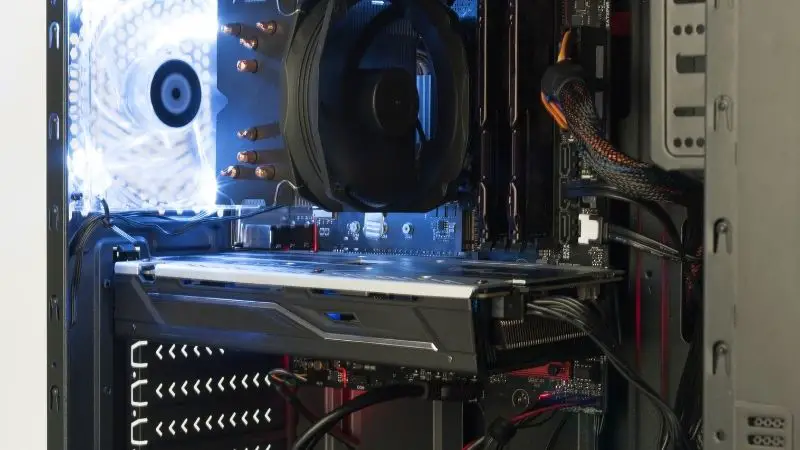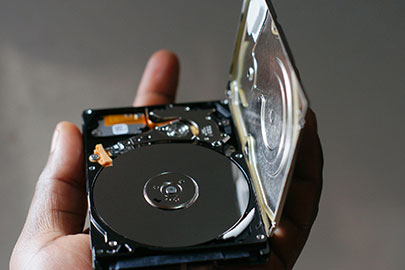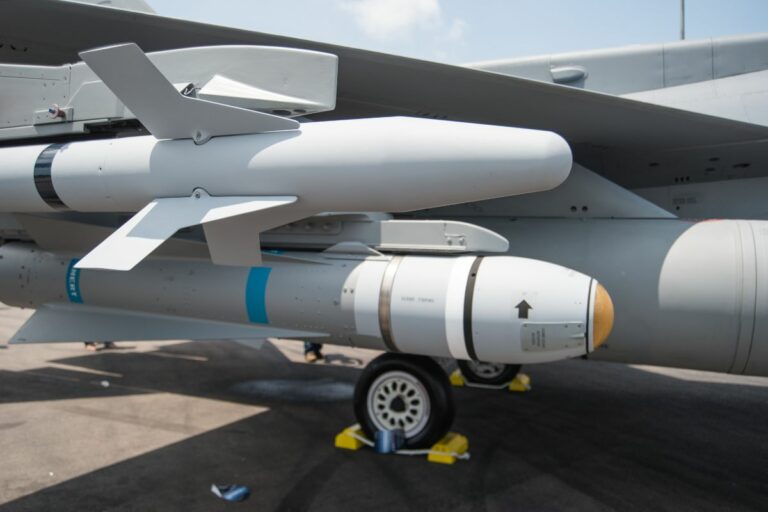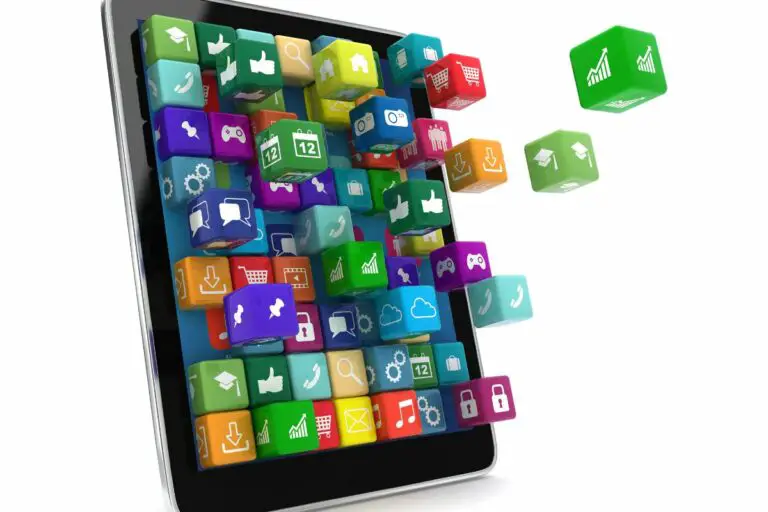7 Key Differences Between A Computer And A Machine (With Table)
Do you know the difference between a computer and a machine? Many people use these words interchangeably, but there is a big distinction between the two. In this blog post, we will explore the differences between computers and machines in more detail!
Computers are devices that can be programmed to carry out complex tasks, whereas machines are devices that use energy to perform a specific function, they are limited to the task they were designed for.
Keep reading to learn more about the difference between these two terms!
1. Power source
Computers are devices that run on electricity, while machines can be powered by a variety of sources, including electricity, gasoline, or even solar power.
Computers typically require a lot of electricity to run. For example, a desktop computer may use around 500 watts of power, while a laptop uses around 50 watts but can run on battery.

A lot of different types of machines exist, and they will need more or less power depending on the task they are designed for. Solar-powered calculators are an example of a machine that does not require electricity to run, while lawnmowers use gasoline as their power source.
2. Processing
When it comes to processing, computers can execute billions of calculations per second and can store large amounts of data. This makes them perfect for tasks that require a lot of computational power or that require a lot of storage space.
Some examples of tasks that would require a lot of computational power include:
- rendering three-dimensional graphics
- solving complex mathematical problems
- analyzing large data sets
Machines, on the other hand, are limited to the task they were designed for and cannot perform complex tasks or store large amounts of data.
Some examples of tasks that machines can perform include:
- cutting metal
- sewing fabric
- mixing ingredients
3. Storage
In terms of storage, computers have access to hard drives with terabytes of space, while machines typically only have just enough storage for the task at hand.
A typical desktop computer will have a hard drive with around 500 gigabytes of space. This should be enough for typical usage, to install applications and keep personal files.

Some machines, such as those used in factories, may have storage for the materials they are working with but not for data. When storage is required for the task, they will generally be connected to a computer, that will store the data.
Related: Difference between MB and KB?
4. Input/output
Input/output for a computer is almost unlimited. Computers can accept a variety of input, including user interactions, but also data from sensors and other devices. They can also output data to displays, speakers, and printers.
Machines are limited to the input and output options that were designed for them. For example, a washing machine can only accept clothing as input and can only output clean clothes.
Good luck to connect your washing machine to a printer :-).
5. Connectivity
Computers are generally connected to other devices, including printers, scanners, and the Internet. This allows them to share data and resources with other devices and other users.
For example, you can use a computer to send an email, print a document, or download a file.
Machines are not as connected as computers and are generally only connected to the devices they need to interact with to perform their task. For example, a coffee machine may be connected to a power source and a water supply but not to the Internet.
6. Purpose
One of the main differences between a computer and a machine is their original purpose and evolution.
Computers are designed to carry out complex tasks, such as playing videos, editing photos, and browsing the internet. They can evolve and be upgraded to perform new tasks as they are developed.
Machines, on the other hand, are designed to carry out a specific task and generally cannot be upgraded to perform new tasks. For example, a sewing machine will always be limited to sewing fabric and cannot be upgraded to cut metal or mix ingredients.
Related: Computer vs Server – What’s the difference?
7. Flexibility
It goes with the previous difference, not only do computers and machines have different purposes initially, they also evolve differently.
Computers are very flexible and can be used for a variety of purposes. For example, you can use a computer to play games, listen to music, watch movies, or create documents.
Machines are not as flexible as computers and are generally only suitable for the task they were designed for. For example, you would not use a sewing machine to cut metal or mix ingredients.
Comparison Table
| Computer | Machine | |
|---|---|---|
| Power source | Electricity. | Can be electricity too, but also gasoline or other sources. |
| Purpose | Multitasks and complex tasks. | Generally designed to perform only one specific task. |
| Processing | Billions of calculations per second. | Basic and repetitive tasks. |
| Storage | Gigabytes of space for storage. | Limited storage, only what is required for the task. |
| Connectivity | It can easily be connected to other devices and the Internet. | Typically, not connected to other devices. |
| Size | Generally, pretty small, fit on a desk. | Come in a wide variety of size, depending on the task they are designed for. |
| Cost | Usually less than $2000. | Can be very expensive, especially when used in the industry. |
| Ease of use | All computers work more or less the same way. | Each machine works differently, and need a specific training. |






